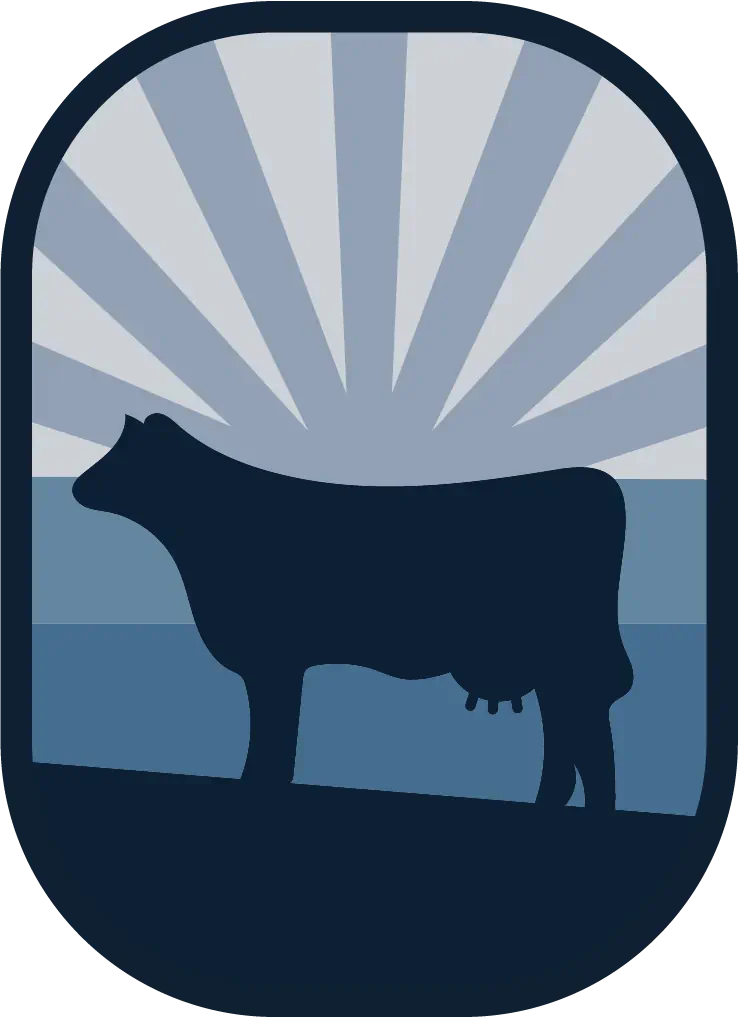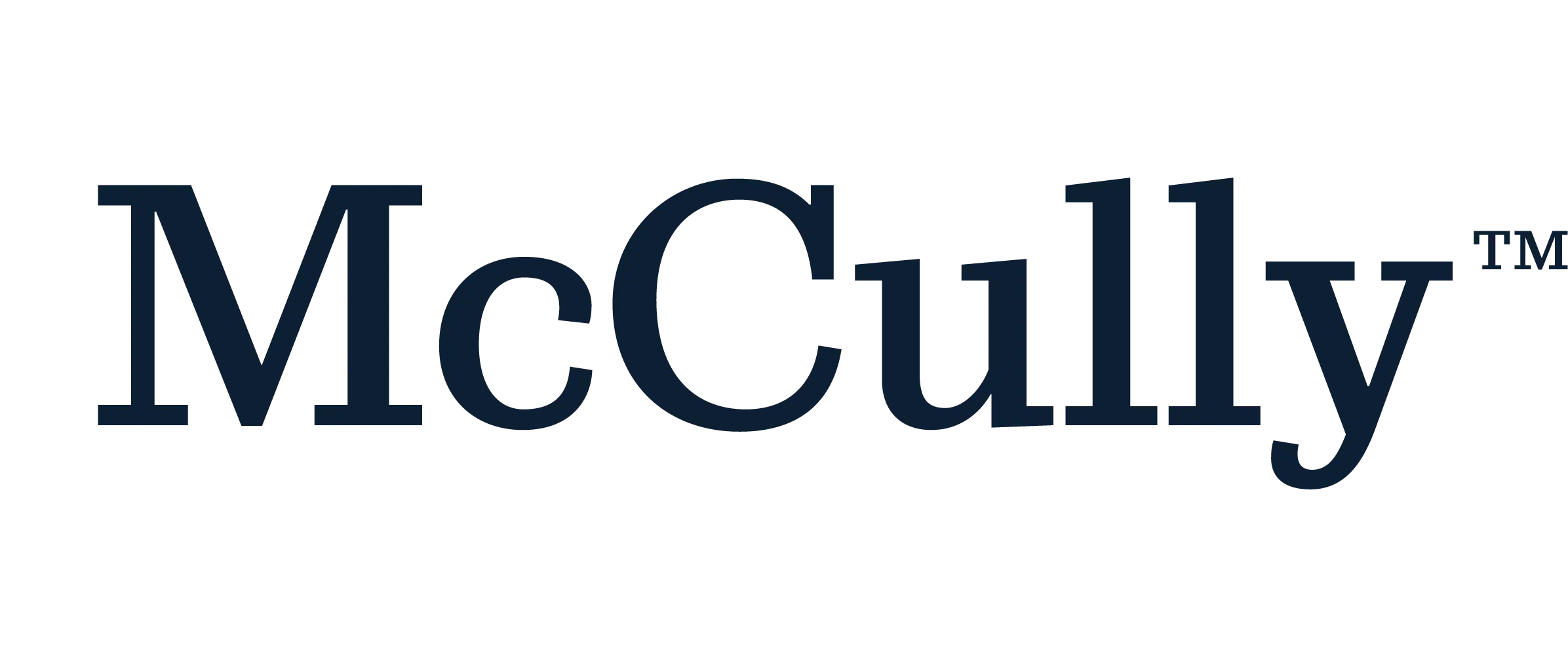
Over the last few years, milk processing capacity, or the lack of it, has been frequently discussed. U.S. milk production continues to grow, the equivalent of more than 7.5 million pounds per day each year. The United States has added a significant amount of milk powder capacity in the last decade while recent investments have favored cheese. But given the uncertainties with exports, unfavorable economics for dairy plants, and ever higher costs of expanding an existing plant or building a new plant, is the building “boom” over? If the new capacity is to handle growing milk supplies, then the answer could be “yes” as milk production growth has slowed in most parts of the country due to unattractive dairy farm margins. However, if the new capacity is to fulfill new demand, either export or domestic customers, then those investments are likely to continue.
New plants are being built in Michigan to help absorb the oversupply of milk in the state. Surplus milk has been hauled out of Michigan for several years. As a result, dairy farmers in the state have seen their mailbox milk prices drop to among the lowest in the United States. And the cheap milk has caused premiums in nearby states to drop as well. By late 2018, the new Foremost Farms facility will condense more than 3 million pounds of milk per day with future plans for up to 6 million pounds. The big news recently was the announcement of a location for the new Glanbia joint venture cheese plant with Dairy Farmers of America and Select Milk Producers. Michigan produces 30-32 million pounds of milk per day, so this new capacity, along with smaller additions at several other plants, represents nearly 50 percent of the state’s milk production. By late 2020, when the Glanbia plant starts up, much of the milk currently leaving the state will remain in state for processing.
Download the PDF to read more.
Download PDF

